Harmonic Analysis (RMA) Worksheet for the song: "Black Orpheus".
Harmonic Analysis (RMA) Worksheet for the song: Black Orpheus.
"Manhã de Carnaval" ("Carnival Morning"), often referred to as Black Orpheus is a song by Brazilian composer Luiz Bonfá and lyricist Antônio Maria.
"Manhã de Carnaval" appeared as a principal theme in the 1959 Portuguese-language film Orfeu Negro by French director Marcel Camus. The film's soundtrack also included songs by Antônio Carlos Jobim and Vinícius de Moraes, as well as the composition by Bonfá "Samba de Orfeu". "Manhã de Carnaval" appears in the film, including versions sung or hummed by both the principal characters (Orfeu and Euridice), as well as an instrumental version, so that the song has been described as the main musical theme of the film. In the portion of the film in which the song is sung by the character Orfeu, portrayed by Breno Mello, the song was dubbed by Agostinho dos Santos. The song was initially rejected for inclusion in the film by Camus, but Bonfá was able to convince the director that the music for Manhã de Carnaval was superior to the song Bonfá composed as a replacement. Orfeu Negro was an international success (winning, for example, an Academy Award in 1960), and brought the song to a large audience.
"Manhã de Carnaval" became one of the first Bossa Nova compositions to gain popularity outside Brazil. Particularly in the United States, the song is considered to be one of the most important Brazilian Jazz/Bossa songs that helped establish the Bossa Nova movement in the late 1950s. "Manhã de Carnaval" has become a jazz standard in the U.S., while it is still performed regularly by a wide variety of musicians around the world in its vocalized version or just as an instrumental one. In the U.S., the song is also known as "A Day in the Life of a Fool", "Carnival", "Theme from Black Orpheus", or simply "Black Orpheus". In France, the song is also known as "La Chanson d'Orphée". All versions of foreign texts were written by lyricists other than Antônio Maria, using Bonfá's original music. (wikiwand);













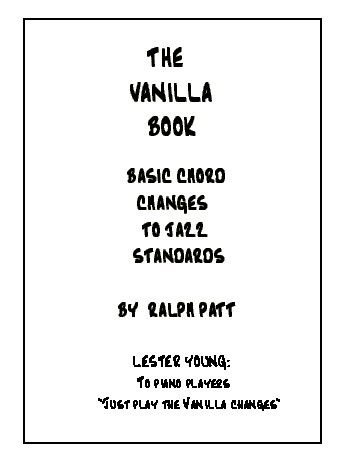
Vanillachanges for Black Orpheus • The Vanilla Book uncovers the basic ("Vanilla") chord changes to over 400 of the most commonly played jazz
standardsto help the jazz player learn the basic
changesand allow the player to add embellishments and substitutions on a solid framework.
Embellishments to basic chords such as added 6ths, 9ths, 13ths, flat 5ths etc. are usually determined by the melody notes and the style of music being played.

A Harmonic Analysis (RMA/HA) and its worksheet are intended to show the function of the chords, the harmonic principles used, the keys and tonalities the song explores. And, can be used for scale selections and chord and scale substitutions.
lead leadsheet.Minimal roadmap information such as repeats, fine, D.S., D.C., and codas has been used in preparing the worksheets to somewhat mirror the leadsheet in the Daily Ukulele book.
Yellow Book. You should start to recognize that 1st endings typically always return to a previous verse or an
 section. With a 2nd ending, a transition to a different part of the song, a
section. With a 2nd ending, a transition to a different part of the song, a  or chorus. Harmonic Principles are used for these repeats and transitions.
or chorus. Harmonic Principles are used for these repeats and transitions.- Black Orpheus is in 4/4, Common Time and the Key of Cm .
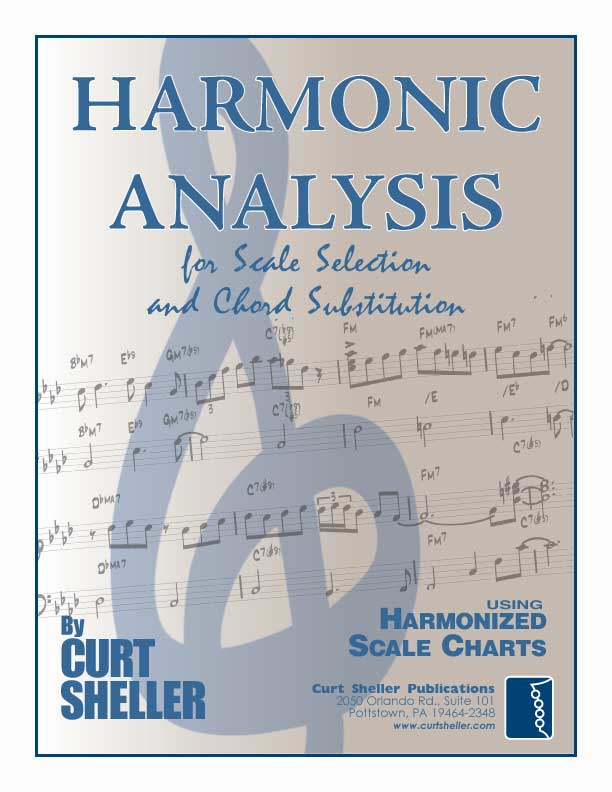
Contemporary Scales: Minor Pent: Minor Pentatonic, Pent: Major Pentatonic, Blues,
Scale/Mode Names: Ion: Ionian (Major), Dor: Dorian (Minor), Phrygian: Phrygian, Lyd: Lydian, Mix: Mixolydian (Dominant), Aeol: Aeolian (Natural Minor), Loc: Locrian
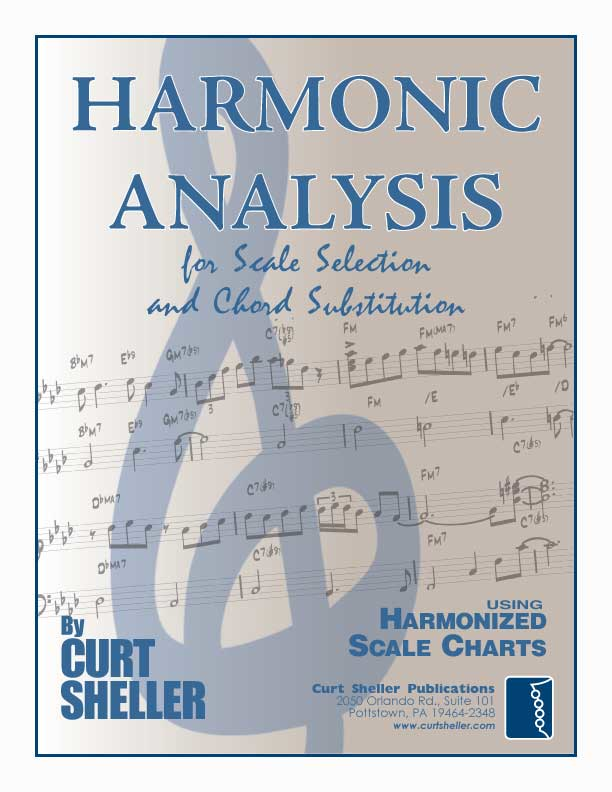
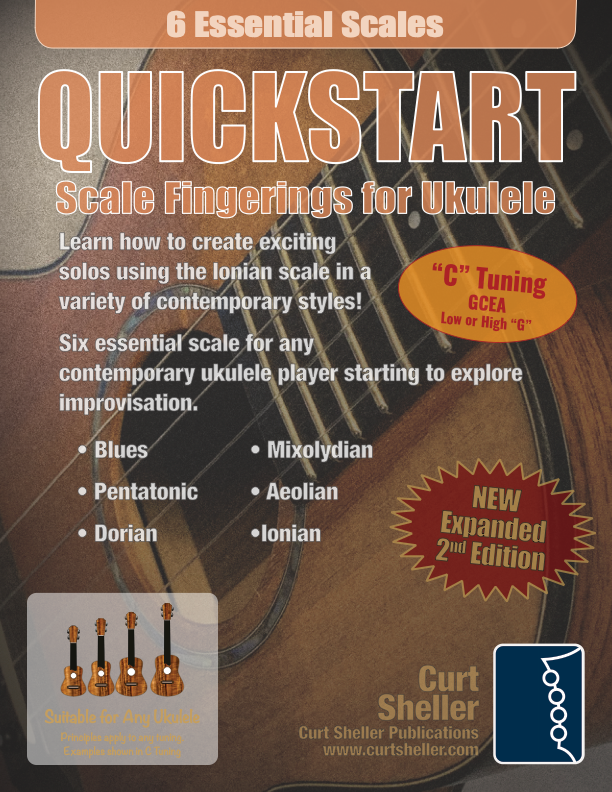
Related Lessons, Videos, Lesson Series, Songs, Books & Reference Charts, Resources & Assets, Workshops are below.

Harmonic Analysis (HA), also known as the study of chord relationships, is the method used to identify the harmonic role of chords within a chord progression or song. A chord progression refers to a sequence of chords, with each chord having a root note and belonging to a specific chord type. The function of a chord within a particular scale's tonality is determined by its relationship to that scale.
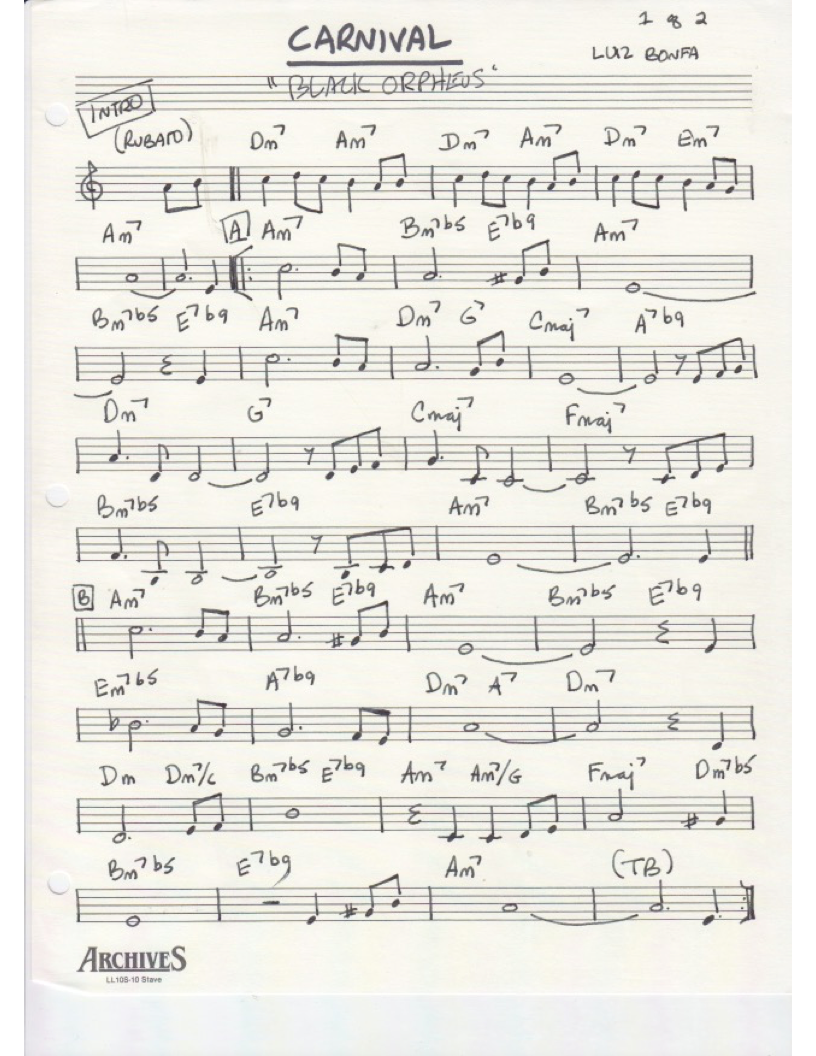
Black Orpheus (Portuguese: Orfeu Negro) is a 1959 film made in Brazil by French director Marcel Camus and starring Marpessa Dawn and Breno Mello. It is based on the play Orfeu da Conceição by Vinicius de Moraes, which is an adaptation of the Greek legend of Orpheus and Eurydice, set in the modern context of a favela in Rio de Janeiro during Carnaval.

Harmonic Analysis is the understanding of the functional sequence of chords. It is the process used to analyze the harmonic structure of a progression, song or composition. This analysis is then used to make scale selections for improvisation and chord substitution.
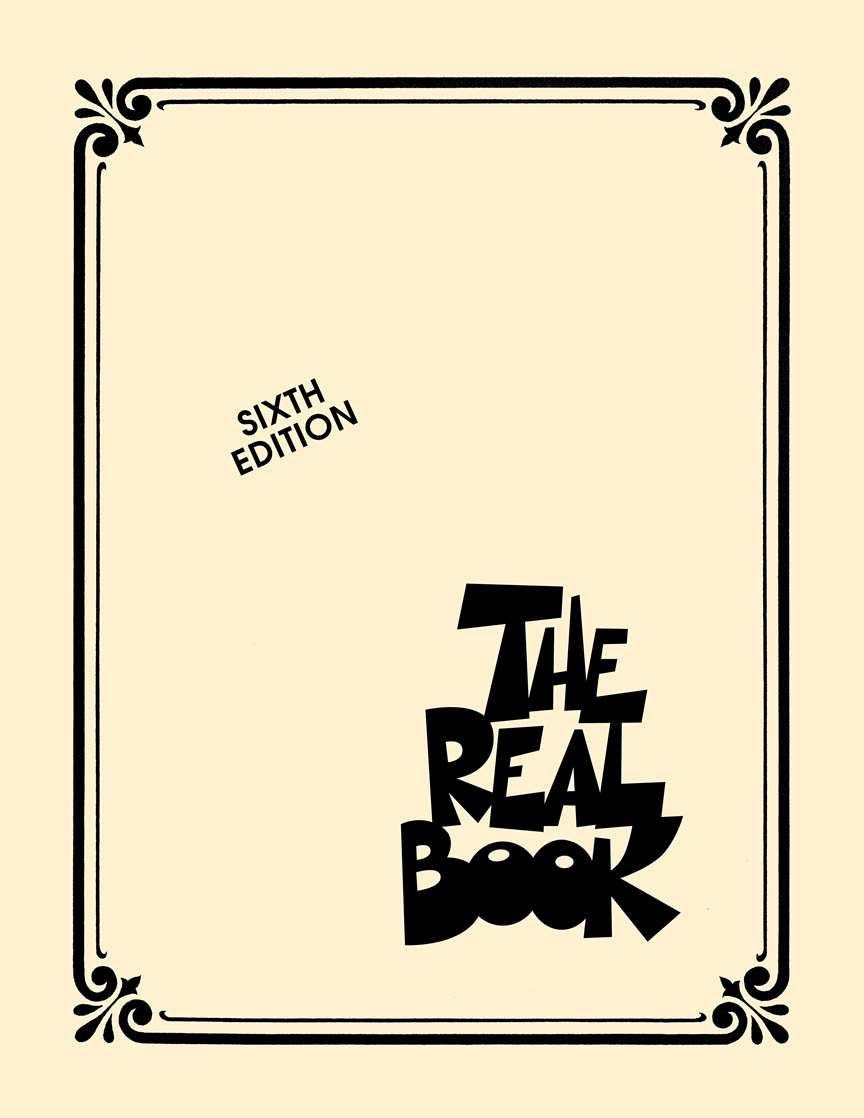
The Real Books are the best-selling jazz books of all time. Since the 1970s, musicians have trusted these volumes to get them through every gig, night after night. The problem is that the books were illegally produced and distributed, without any regard to copyright law, or royalties paid to the composers who created these musical masterpieces.


return in your investment)—it is this— learning the
f*ckingnotes of your OWN instrument. Sorry for the tough talks—but it is sooooo true!


Learn to read single note melodies in the first/open position is a lot easier than you might think. Book: Ukulele – Reading Music Series – Primer

An organized collection of daily practice and reference material for the contemporary ukulele player for developing the vocabulary and knowledge necessary for single note playing. Book: Daily Practice Material for the Contemporary Ukulele
Checkout the Books & Reference Charts for additional Handy, Dandy Reference Charts.

Ukulele Fingerboard Chart for C Tuning, Low or High G – G C E A

Ukulele Fingerboard Chart for G Tuning, Low or High A – D G B E

A handy reference chart of all 15 major and relative minor key signatures. US Letter 8.5 x 11 sized (ANSI-A) , A4



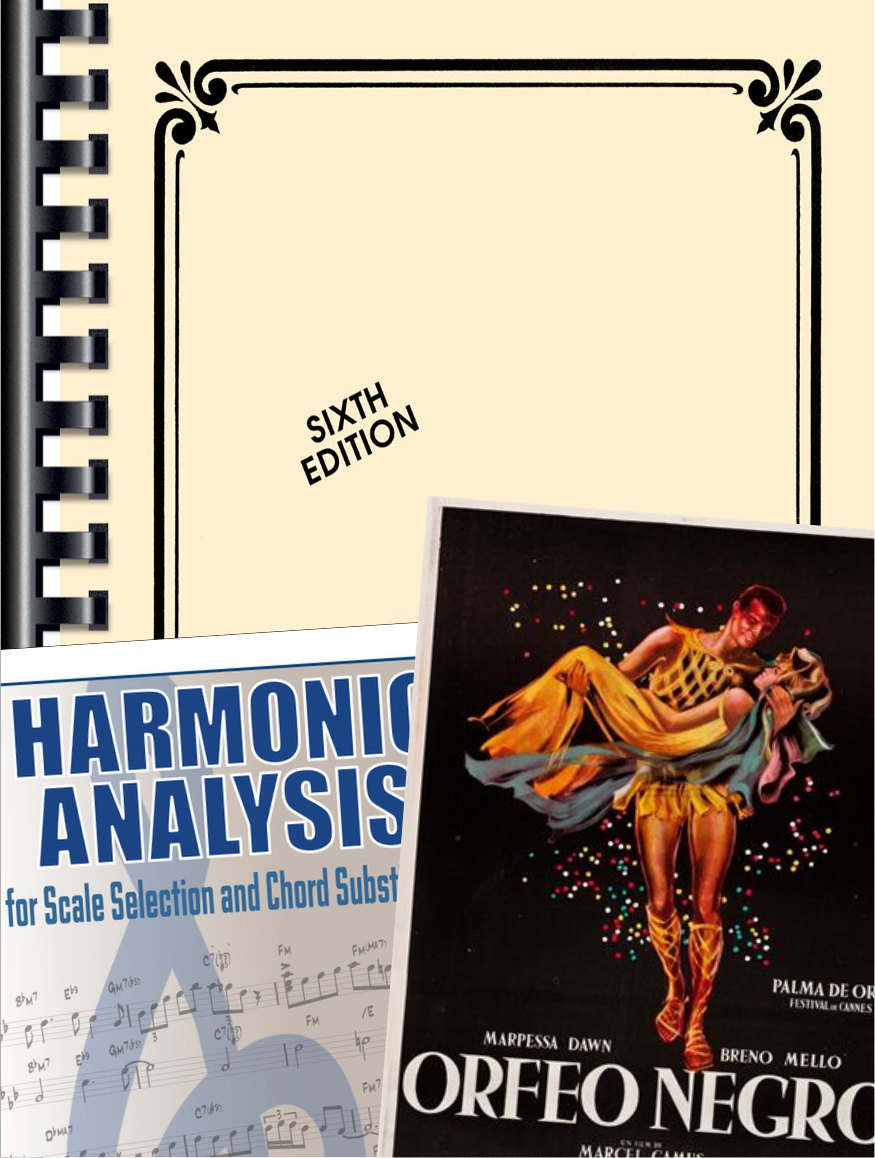

.jpg)